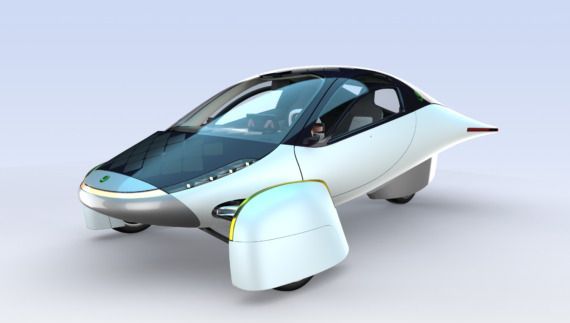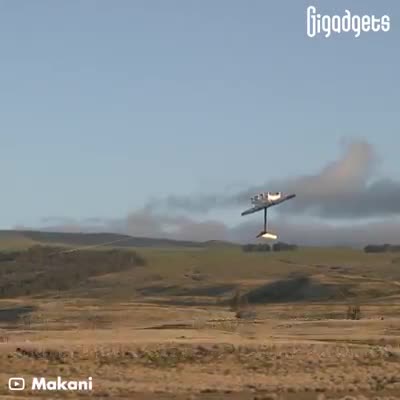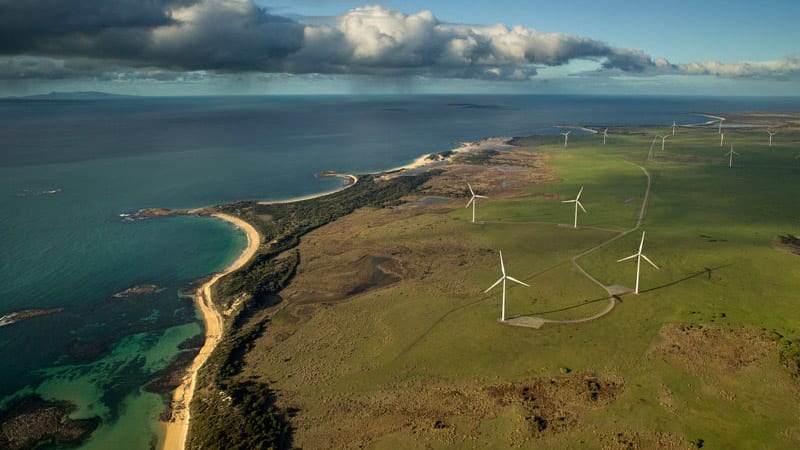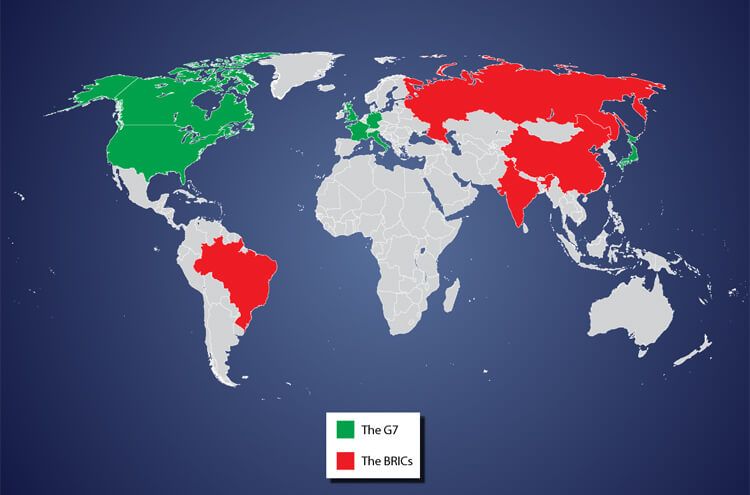Today, Aptera announced a solar electric vehicle that will not need to be plugged in for most regular uses, and it sports a 1,000 mile range on a full charge.
“With Aptera’s Never Charge technology, you are driven by the power of the sun. Our built-in solar array keeps your battery pack topped off and anywhere you want to go, you just go,” says co-founder Chris Anthony. Aptera says they will achieve this by making the vehicle as efficient as possible, allowing the relatively low amount of energy one can get from solar panels to do a lot more than it could for other electric vehicles.
The biggest thing Aptera does that others don’t is optimize the vehicle for low drag. With an airplane-like design and only three wheels, the car has a drag coefficient of just 0.13. To put this in perspective, a Tesla Model S has a drag coefficient of 0.24. With less “wind resistance,” travel at all speeds requires less energy, with the effect of saving more energy compared to normal cars increasing as the car goes faster. Aptera plans to do this while still having a 100 kWh battery pack, so the car will have great range.





